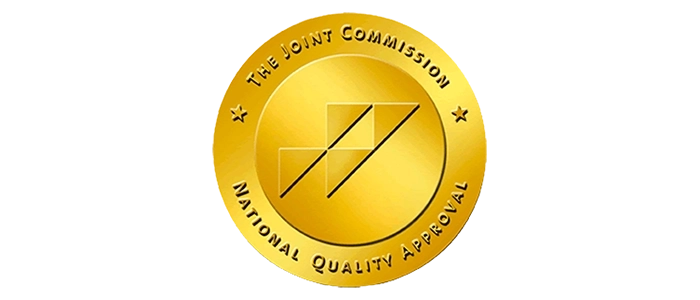
Each year as the temperature drops and the leaves change to reveal a colorful tapestry across the Wasatch Back, Cascade Academy works in collaboration with the Forever Young Foundation to raise awareness for adolescent anxiety. This past weekend, bike riding enthusiasts and supporters of adolescent mental health united at Pedalfest in Midway, Utah to ride in support of mental health. For many of the riders this was their second year in support of this cause. This year in addition to the 15 and 25 mile routes, Pedalfest added a 45 and 60 mile route for more serious bikers.
Anxiety is a naturally occurring experience for human beings. Feeling fear and anxiety can have mental, emotional, and physiological benefits under certain circumstances. However, when excessive fear and anxiety creates behavioral disturbances and prevent an individual from engaging in life, a clinician may determine whether the fear or anxiety is excessive considering the context of the experiences. Most anxiety disorders develop in childhood and persist if not treated. Additionally, the ratio of female to male anxiety diagnosis is 2:1. There are several specific anxiety diagnoses as described below:
Separation Anxiety
- Unusual distress at the discussion or experience of being parted from their attachment figure.
- Excessive fears that harm will befall their attachment person.
- Persistent worry of an unexpected event that could lead to separation from the attachment figure.
- Refusal to leave the attachment figure.
- Excessive fear of being alone.
- Nightmares about separation.
- Anxiety about sleeping and being separated from the attachment figure.
- Physical complaints when separation is immanent.
Specific Phobia
- Marketed fear or anxiety about a specific object or situation
- Phobic object always provokes immediate fear or anxiety
- Object is actively avoided (active avoidance, always turning left) endured with intense fear or anxiety
- Phobic response is out of proportion to the actual danger posed by the object or situation
- Lasts more than 6 months
- Causes significant distress or impairment
- Can induce panic attacks.
Social Anxiety Disorder or Social Phobia
- Marked fear or anxiety about one or more social situations in which they are exposed to possible scrutiny by others. (giving a speech, having a conversation, meeting unfamiliar people, being observed)
- The individual fears that they will act in a way that will be negatively evaluated (humiliated or embarrassed or be rejected or offend others)
- Social situation almost always provokes fear or anxiety
- Social situations are avoided or endured with intense fear or anxiety
- Fear is out of proportion to threat
- Lasts more than 6 months
- Causes significant distress
Panic Disorder
- Recurrent unexpected panic attacks accompanied by abrupt surge of intense fear or discomfort that reaches a peak within minutes and the following occur:
- Palpitations, pounding heart, sweating, trembling, shaking, shortness of breath, feelings of chocking, chest pain, nausea, abdominal distress, feeling dizzy, unsteady, faint, chills or heat sensations, numbness or tingling, depersonalization, fear of losing control or going crazy, fear of dying
- Attack are generally followed by persistent worry or concern about additional panic attacks and create a change in behavior
- Frequency is varied: 1 a week or bursts, or months in-between
Agoraphobia
- Fear of using public transportation
- Fear of being in open spaces
- Fear of being in enclosed places
- Fear of standing in line or being in a crowd
- Fear of being outside of the home alone
- Thoughts that escape might be difficult or that they cannot get help in the event they being to panic. Can be assigned without actual panic attacks.
Generalized Anxiety Disorder
- Excessive anxiety and worry occurring more days than not for 6 months about a variety of things.
- Difficult to control the worry
- Restlessness or feeling keyed up on edge
- Easily fatigued
- Difficulty concentrating, blank mind
- Irritability
- Muscle tension
Sleep disturbance




